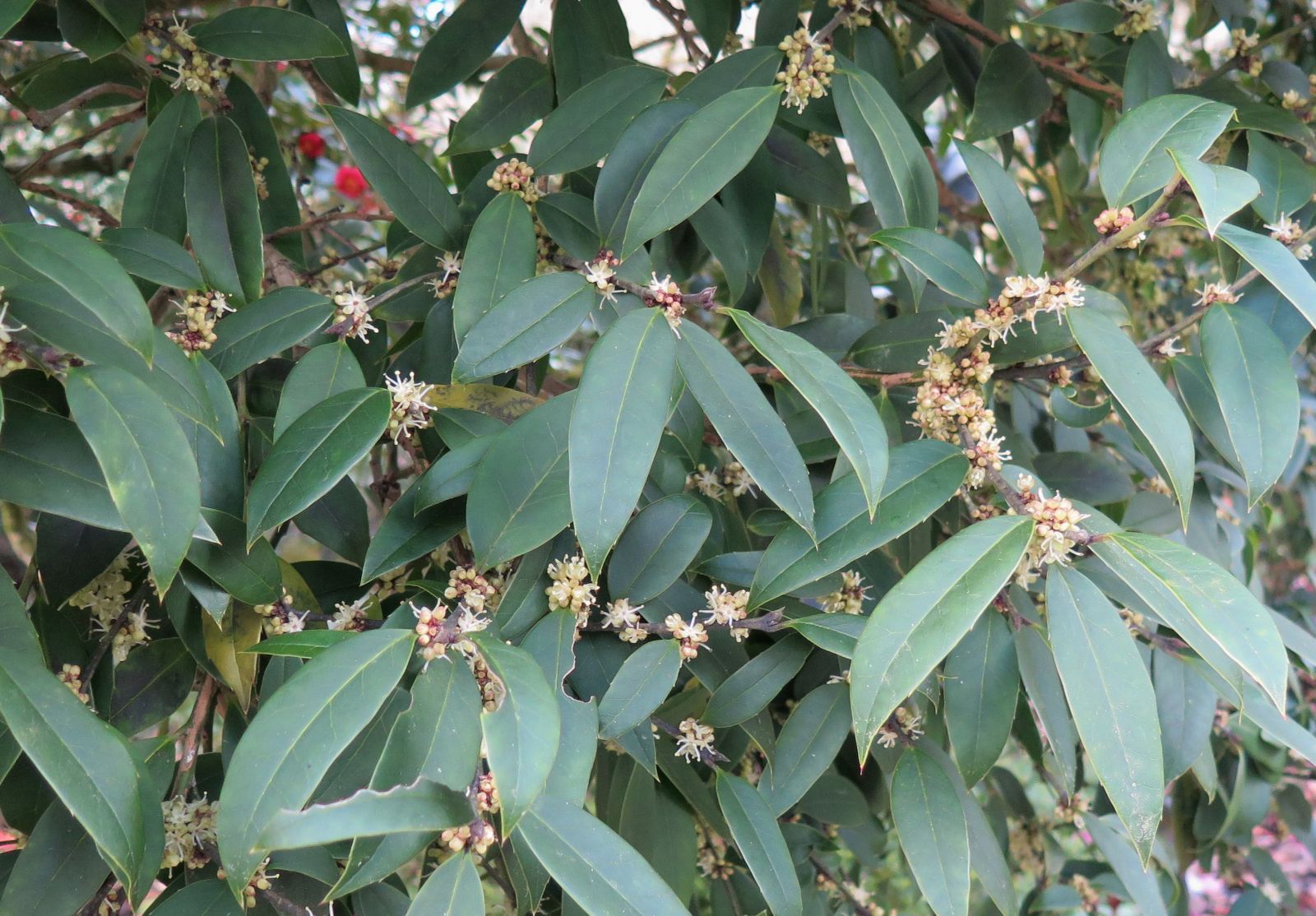Ilex dipyrena
Credits
Article from Bean's Trees and Shrubs Hardy in the British Isles
Recommended citation
'Ilex dipyrena' from the website Trees and Shrubs Online (treesandshrubsonline.
Genus
Common Names
- Himalayan Holly
Other taxa in genus
- Ilex × altaclarensis
- Ilex aquifolium
- Ilex bioritsensis
- Ilex buergeri
- Ilex cassine
- Ilex ciliospinosa
- Ilex corallina
- Ilex cornuta
- Ilex crenata
- Ilex cyrtura
- Ilex decidua
- Ilex fargesii
- Ilex forrestii
- Ilex geniculata
- Ilex glabra
- Ilex hayatana
- Ilex hookeri
- Ilex integra
- Ilex intricata
- Ilex kingiana
- Ilex laevigata
- Ilex latifolia
- Ilex linii
- Ilex macrocarpa
- Ilex melanotricha
- Ilex mitis
- Ilex montana
- Ilex nothofagifolia
- Ilex opaca
- Ilex pedunculosa
- Ilex perado
- Ilex pernyi
- Ilex purpurea
- Ilex rotunda
- Ilex rubra
- Ilex rugosa
- Ilex serrata
- Ilex shennongjiaensis
- Ilex spinigera
- Ilex verticillata
- Ilex vomitoria
- Ilex yunnanensis
An evergreen tree ultimately 40 ft or more high, the angular young shoots and winter buds minutely downy. Leaves oblong or narrowly oval, tapered at the base, slenderly pointed and spine-tipped, 2 to 5 in. long, 5⁄8 to 11⁄2 in. wide, dull, opaque green, leathery; stalk 1⁄4 in. or less long. Like the common holly it is very spiny on the margins when young, but as the plant attains maturity the spines become fewer and finer, and ultimately the leaves of the upper branches become entire. Flowers very numerous, in dense round clusters in the leaf-axils. Fruits oval, red, large for a holly, commonly two-seeded.
Native of the Himalaya, Assam, Upper Burma, and Yunnan. Whilst inferior to the common holly as an ornamental evergreen, both in the lack of lustre on the foliage, and as rarely bearing fruit, this species is interesting and worth growing for its distinctness. It is perfectly hardy at Kew, where there is a handsome specimen in the Holly Avenue. The largest recorded in Britain grows at Linton Park, Kent; this measures 48 × 51⁄4 ft (1970). There are slightly smaller trees at Leonardslee and Wakehurst Place in Sussex. At Caerhays, Cornwall, there are two trees raised from seeds collected by Forrest in Yunnan (F.25362 and F.25424).
I. dipyrena varies in its leaves, which may sometimes be sparsely toothed or entire. The var. paucispinosa Loes., and var. connexiva W. W. Sm. are founded on such variations, but neither variety is recognised by Dr Hu in her monograph.
I. × beanii Rehd. I. elliptica (Dallim.) Bean, not H. B. K.; I. dipyrena var. elliptica Dallim. – A hybrid between I. dipyrena and the common holly. It resembles the former in general appearance, the leaves being dull green, although shorter and comparatively broader.
From the Supplement (Vol. V)
specimens: Kew, Holly Walk, 44 × 33⁄4 + 31⁄4 ft (1981); Linton Park, Kent, 54 × 53⁄4 ft (1984); Leonardslee, Sussex, 49 × 43⁄4 ft (1979); Westonbirt, Glos., 44 × 33⁄4 + 31⁄2 ft (1980) and, pl. 1939, 33 × 31⁄2 ft (1983).
I. dipyrena is also in cultivation from Schilling 2139, collected in Nepal in 1976.



